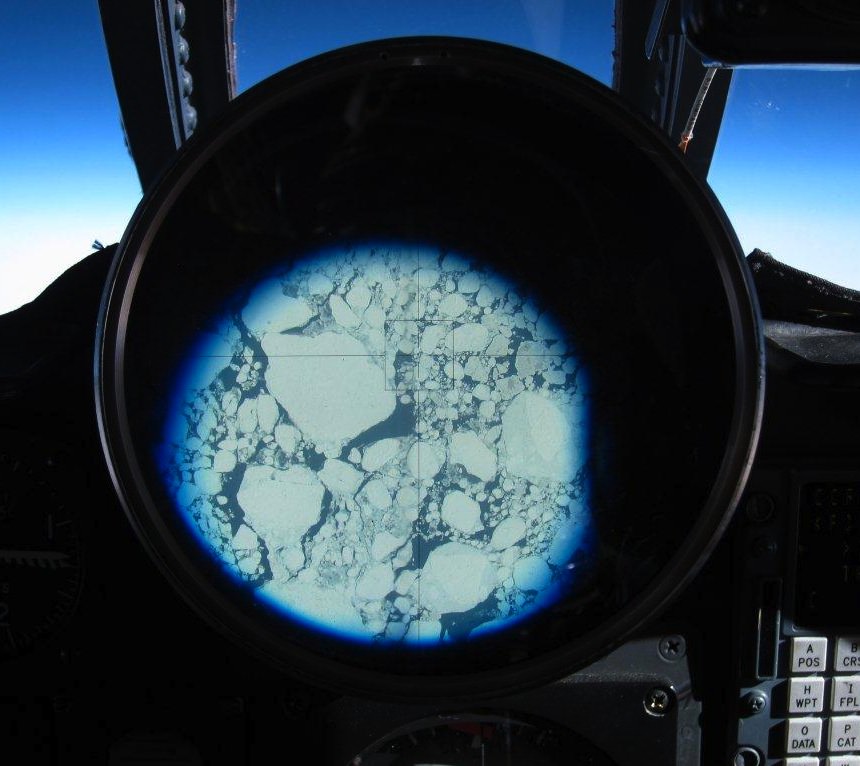[/caption]
NASA researchers have just completed science mission flights over Greenland and the surrounding seas, gathering data on ice distribution and thickness with the MABEL (Multiple Altimeter Beam Experimental Lidar) laser altimeter instrument mounted in the nose of an ER-2 aircraft. WIth MABEL’s unprecedented ability to detect individual photons, researchers will be able to even more accurately determine how Arctic ice sheets are behaving in today’s changing climate.
At the same time, news has come in from researchers with the University of Washington, who have completed a NASA- and NSF-funded study of the enormous island’s glaciers spanning a ten-year period. What they have found is that the glaciers have been increasing in speed about 30% over the past ten years — which is actually less than earlier studies had anticipated.
“In some sense, this raises as many questions as it answers. It shows there’s a lot of variability,” said Ian Joughin, a glaciologist in the UW’s Applied Physics Laboratory and coauthor of the paper, published May 4 in Science.
Previous research had suggested that Greenland’s melting glaciers could contribute up to 19 inches to global sea level rise by 2100. But the behavior of Greenland’s vast ice fields and ocean-draining glaciers was not yet thoroughly researched. Based on this new study, the outlet glaciers have not sped up as much as expected.
Still, ocean-draining (a.k.a. marine-terminating) glaciers move much faster than their land-based counterparts, and the UW researchers have found that their speeds are increasing on average — up to 32% in some areas.
The team realizes that the study may just not have observed a long enough period of time. (These are glaciers, after all!)

“There’s the caveat that this 10-year time series is too short to really understand long-term behavior, so there still may be future events – tipping points – that could cause large increases in glacier speed to continue,” said Ian Howat, an assistant professor of earth sciences at Ohio State University and a co-author of the paper. “Or perhaps some of the big glaciers in the north of Greenland that haven’t yet exhibited any changes may begin to speed up, which would greatly increase the rate of sea level rise.”
What the researchers didn’t find was any evidence that the rate of flow is slowing down. Though the true extent of the effect of Greenland’s ice on future sea level rise may not be unerringly predictable down to the inch or centimeter, even at the currently observed rate a contribution of 4 or more inches by the end of the century is still very much a possibility.
Meanwhile, the data gathered from the MABEL science flights over the past four weeks will be used to calibrate NASA’s next-generation ice-observing satellite, IceSat-2, planned for launch in 2016. Once in orbit, IceSat-2 will provide even more detailed insight to the complex behavior of our planet’s ice sheets.
Read more on the UW News release here.

